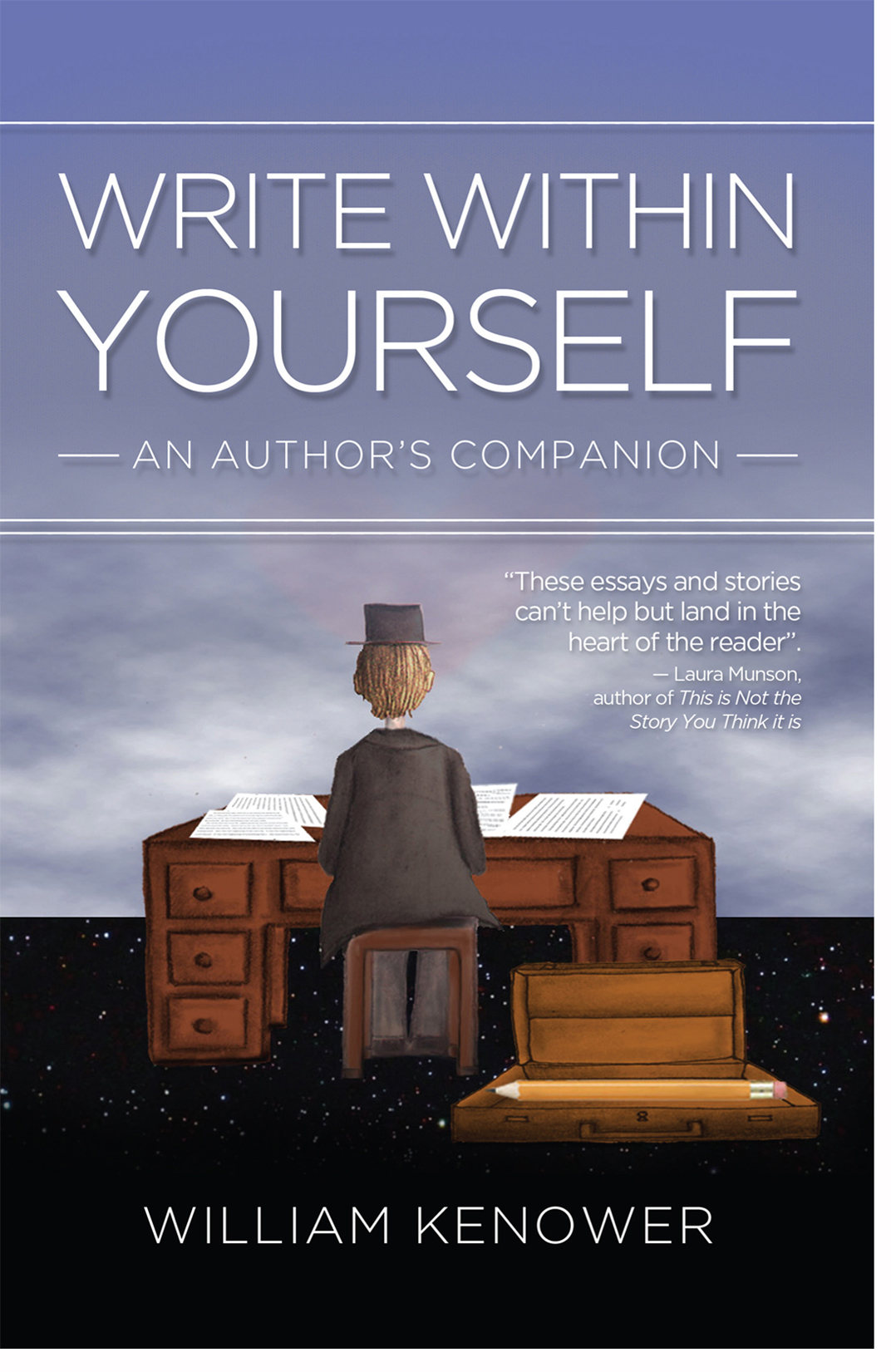Big Endings
If ever you’re going to employ that old Creative Writing 101 saw Show Don’t Tell, apply at the end of your story. Here is where you give your reader your greatest gift. Here is also where you story is most like a joke. A comedian’s joke does not end with a punch line, it ends with the audience’s laughter. The laughter is where the audience thinks what the comedian did not say but suggested. So, when the comedian tells the joke: “A priest, a rabbi, and a mullah walk into a bar, and the bartender says, ‘What is this, some kind of joke?’” the audience thinks, “Oh, because that’s just how most jokes start and this is a joke.” And then the laughter. Only the laughter happens faster than all of that could be thought word-for-word.
Suppose you are writing a love story. Suppose you want the story to say, in one way or another: “Yes we all die, yes people cheat on one another and are mean to one another, but in the end love matters because we cannot live with out it.” You would not end your story with this statement. To do so would be telling. Instead, you would want your story to point the reader toward this idea and let that idea come to them through their own imagination.
For just as the comedian’s audience laughs faster than the thought compelling the laughter can be spoken, so too your reader will feel something bigger than you could compose in one statement. If you could help your reader feel why love matters by pointing to it within them, they will, in an instant, know more than you could ever say. Now that ending is belongs to them, now you have allowed them to connect to life for themselves. All you did was show them the door, and they walked through it.
 Write Within Yourself: An Author's Companion.
"A book to keep nearby whenever your writer's spirit needs feeding." Deb Caletti.
Write Within Yourself: An Author's Companion.
"A book to keep nearby whenever your writer's spirit needs feeding." Deb Caletti.
Remember to catch Bill every Tuesday at 2:00 PM PST/5:00 EST on his live Blogtalk Radio program Author2Author!
You can find Bill at: williamkenower.com

